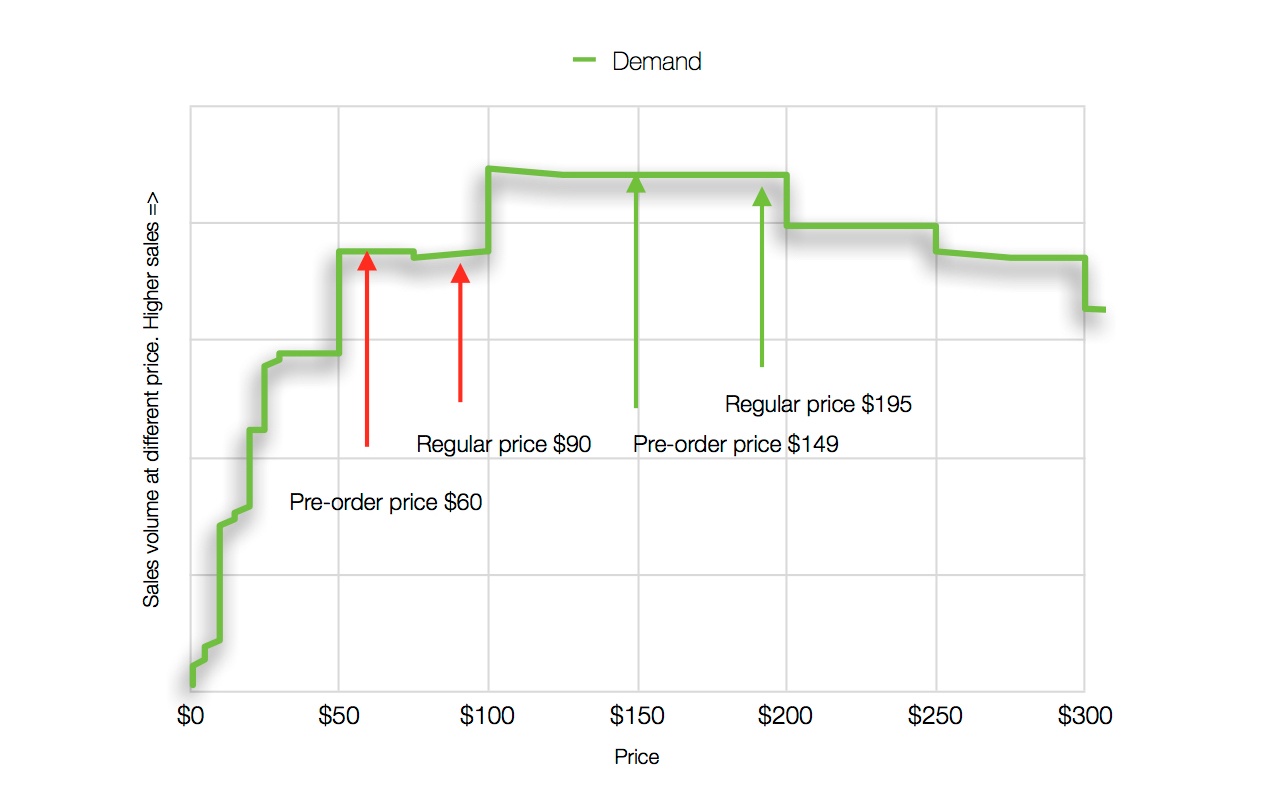3 Ways to Give Discounts Without Lowering Prices
 PriceBeam
·
3 minute read
PriceBeam
·
3 minute read

Sometimes, granting discounts can be the right thing to do. For most companies, it’s not the right thing to do as often as they think it is, but it can happen.
But discounts can be detrimental to your company; not only are you giving up a chunk of your profit, you’re also deteriorating your brand’s value by implicitly agreeing that it’s not worth the original price. I’m exaggerating to make a point, but roughly speaking, this is the trade-off you’re facing: on the one hand, you want to lower prices to get more deals, on the other hand this will, to some extent at least, damage your brand and reduce your profits.
The reduction in profit is inevitable, but there are actually a few ways that you can mitigate the negative effect of discounting on brand equity, and give discounts without lowering prices. Well, kind of.
Sidebar: In the remainder of this article, we won’t consider when discounting is appropriate or not. We discuss this much more in depth in this article here
#1: Add More Value
Agreed, this point is not really discounting. But it’s really important that the best way to deal with a situation where lower prices are required, is to add value instead (The Ritz is a great example of this: read here).
Now let’s assume you’re selling IT equipment and you face a particularly price sensitive customer. You claim to be the best in the market, and even though the buyer is price sensitive, he’s very conscious about product quality, too.
The easy thing to do would be to give him a discount that reduces the price to where his willingness to pay is, but chances are that he’ll think less of your product(s) if you do this. After all, if you’re the best in the market, how come you’re not charging a premium price?
Instead, you can add more value by putting together a product bundle that directly addresses the problems he is currently facing, or a solution that is easy for him to sell to his superior. In that way, you’ll be able to close the deal, maintain your price level, and don’t lose out on profit or damage brand equity.
#2: Give Free Stuff
Another way of getting around lowering prices is to offer free stuff. This is a good idea for a number of reasons. Firstly, people love free stuff and presents -- if you give them something for free, not only will they get additional utility without spending anything, they will also be overwhelmed by your generosity and kindness, which will positively affect their willingness to pay.
Secondly, giving them something extra does not come across as a devaluation of your product as obviously as a price decrease. Thirdly, if what you give is a complementary product, the mere fact that the product is complementary will provide additional value in itself and increase willingness to pay.
Result: Higher willingness to pay, effectively a discount has been granted, and brand equity remains intact.
#3: “Give Me a dollar and I’ll give you 100”
During the financial crisis, Danish high-end electronics manufacturer Bang & Olufsen found itself in quite a dilemma. Due to the economic decline, the demand for luxury products was at an all-time low, and their prices were just too high. Initially, they launched a low-price (relative for luxury electronics) product series, which not only flopped, but also put a dent to the luxury brand that the company had built on for almost a century.
They decided to change their strategy, and launched a new campaign, offering customers £1,000 off Bang & Olufsen TVs in return for the customers’ old TVs - any TV. You could bring an ancient cathode-ray-tube TV that you put away in your basement, and get the £1,000 discount.
To establish a frame of reference, a B&O TV can easily cost in excess of £10,000.
I should note that, in this case, the strategy was almost too obvious, and it quickly became apparent to customers that it was pretty much just a discount. But if you employ this strategy with caution, it can be a great way to ‘trick’ the customer into thinking that they’re engaging in a slightly favourable quid-pro-quo situation rather than receiving a discount.
IF you must: Always Get Something In Return
If you’re going to lower your price and grant a discount, remember to always get something in return. It’s always a good idea to ask yourself: why am I giving this discount, and what am I getting in return? To close the deal? Try again.
At the very least you must make your case as to why this customer should receive a special price. Maybe he’s got a big potential, or he can offer some favourable terms of payment. If you don’t have a reason, make sure you get one. It’s good practice, and the client won’t think less of your product if the economic benefit you derive from granting the discount is obvious.
.png?width=400&height=100&name=PBLogoTransparent%20(1).png)




